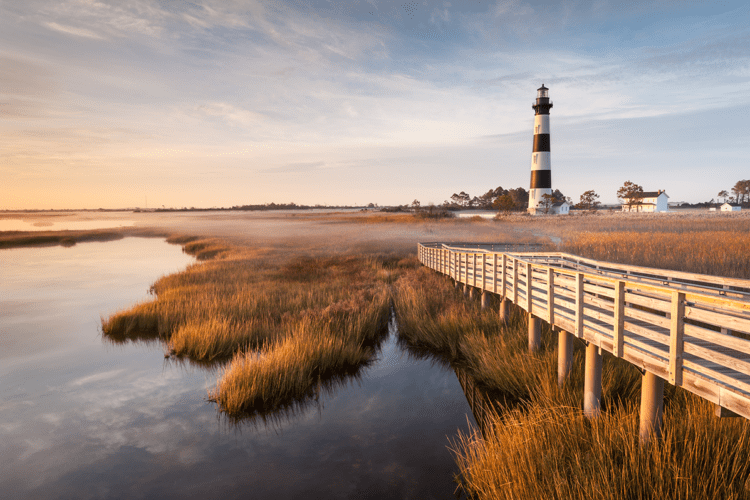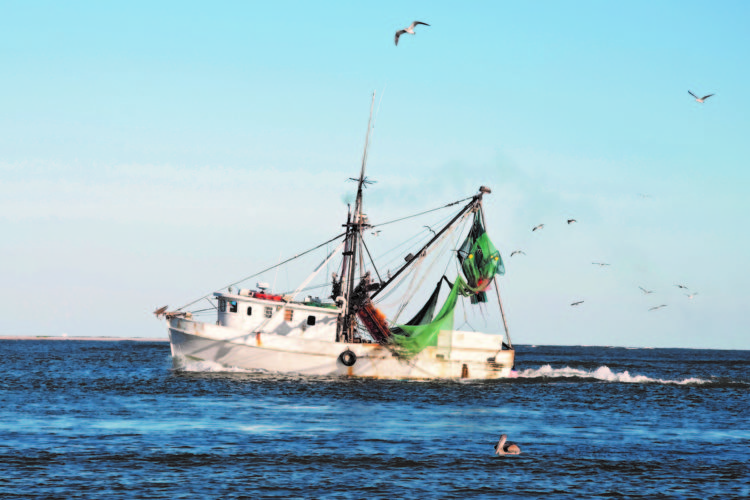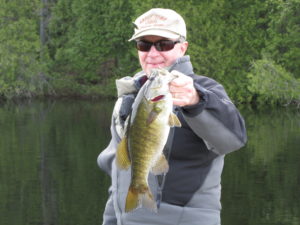We have much more to do and your continued support is needed now more than ever.
Sounds Solutions for Fisheries Management

The huge, intricate and bountiful network of waterways known as North Carolina’s Albemarle/Pamlico Sound Estuary is a fabulous resource. The system includes eight estuaries/sounds that provide critical habitat and water quality. Together, they comprise the second largest estuary in the United States, covering over 3,000 square miles of open water with additional immense areas of treasured wetlands.
Fed by ten rivers in North Carolina, the sounds contain salt, brackish, and fresh water. Due to their shallow nature and immense wetlands, they are prolific maritime breeding grounds. Oysters, clams, shrimp, scallops, mussels, and other seafood and sport fish too numerous to mention all depend on the Sounds for breeding and for life. Ninety Two percent of all fresh and salt water fish caught in North Carolina depend on the Sounds for sustenance. In addition, they are a critical stop on one of the most important fly-ways in the western hemisphere – for snow geese and many other wonderful waterfowl species.

According to the NC Division of Marine Fisheries, the long-term sustainability of many NC fisheries is in jeopardy. Some of our most important fish are already “depleted,” including Southern Flounder and Speckled Trout. Many more species are headed that way.
The Sounds are faced with several complex problems such as the inflow of excessive nutrients, toxic materials, erosion, sedimentation and other problems that go with having inflow from an area that is populated by almost three million people.
The most pressing issues are more direct; specifically, fishing practices that are decimating the populations of critical sport and food fish. The worst of the current shrimp trawling practices, for example, results in bycatch (kill) of 4.5 pounds of fin fish like spot, croaker and grey trout for every pound of harvested shrimp. These fish are not used for any productive purpose; merely discarded as waste.
The North Carolina Wildlife Federation has an ongoing balanced, science-based Sound Solutions campaign to raise the visibility of these and other abusive fishing practices. One key result has been the approval of our petition for rule making that proposes new regulations on gear, areas for fishing, and times for shrimp trawling in the major sounds and inshore waters by the Marine Fisheries Commission. We continue to press for full adoption of these better fishing practices in order to increase our fish stocks in the coming years.
These measures are just the start. We recognize the importance of both commercial and recreational fishing, but today’s practices are unsustainable. At the time of this writing, NCWF staff, board and supporters are in the midst of an effort to pass a bill in the state Legislature to provide further protections for the sounds.

Better management of additional fishing practices, and of development, runoff, and other issues will make this invaluable public resource more resilient and productive. This work has been very contentious, but our goal remains to work effectively in teaming with any and all who value these resources as highly as we do. We hold the belief that North Carolina’s marine resources and wildlife are public trusts and must be protected and sustained for the use and benefit of all citizens, present and future. Our vision and commitment are to achieve a sustainable fishery, working with all parties, in the coming years.
Connect with the North Carolina Wildlife Federation to get their latest news and keep up with their conservation efforts through Facebook, Twitter, YouTube, Instagram or by visiting their website.
About the author:
 John Robbins, Board of Directors – National Wildlife Federation
John Robbins, Board of Directors – National Wildlife Federation
John Robbins is a member of the Board of Directors of the National Wildlife Federation and immediate past Chair of the North Carolina Wildlife Federation.





















